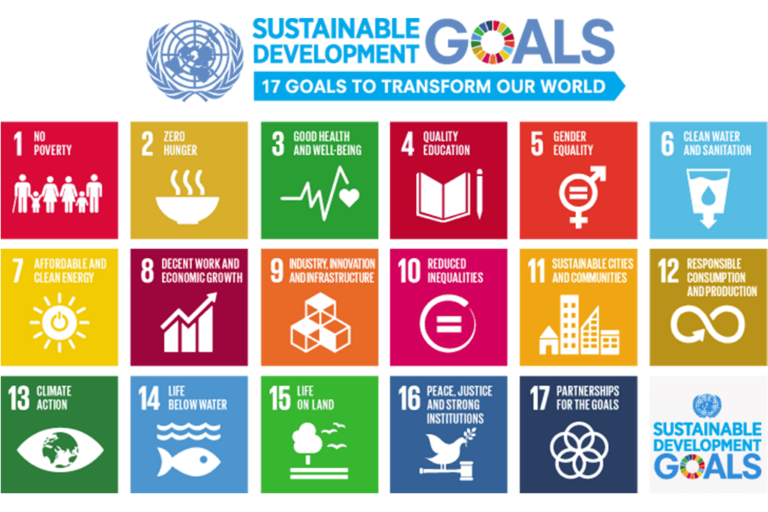SUSTAINABLE DEVELOPMENT GOALS
The development of Indonesia’s infrastructure has grown in importance over the last several years to accomplish the Sustainable Development Goals and Indonesia’s 2045 vision. The Sustainable Development Goals (SDGs) are worldwide action plans that aim to eliminate inequality, end poverty, and safeguard the environment by 2030. One of SDG 9’s priorities is to build resilient infrastructure in which all economic, social, cultural, and environmental factors are considered to ensure that there are no longer disparities in society in terms of basic needs such as equal distribution of roads, bridges, and so on.
This massive infrastructure growth necessitates the creation of sustainable infrastructure, which must take into account the earth’s climatic conditions, which might have an impact on quality and public health. The planning must be efficient and successful, based on the expertise of professionals in the field of sustainable infrastructure, for the general population to reap the benefits.
According to Todaro (2006), infrastructure development is a significant aspect and determinant of a country’s economic development speed and expansion. As a result, the government has prioritized infrastructure development a key pillar for societal well-being. Bina Nusantara civil engineering has participated in educating students about sustainable building in the expectation that students will be able to adopt and mitigate environmental issues that arise during infrastructure development.
